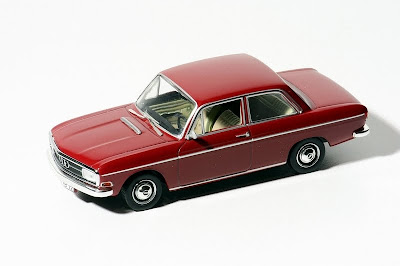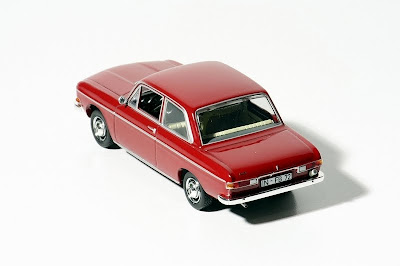F103 is the internal designation for a series of car models produced by Auto Union in West Germany from 1965 to 1972, derived from the earlier DKW F102. To signify the change from a two-stroke to four-stroke engine, the DKW marque was dropped in favour of Audi, a name dormant since before the Second World War.
The first model was launched simply as the Audi, later being renamed the Audi 72 (72 being the nominal power output of the engine in Pferdestärke).
The more powerful Audi 80 and Audi Super 90 sports saloons appeared in 1966: in 1968 the arrival of the less powerful Audi 60 completed the range.
The Audi 75 replaced both the Audi 72 and the Audi 80 from 1969 onwards.
In 1972 the F103 series was discontinued in favour of the "B1" Audi 80.
The F103 bodyshell was a development of the earlier DKW F102. The engine compartment had to be extended so that the new four-cylinder engine could be accommodated. The front and tail were also cosmetically revised: Audi F103s sold in Europe all featured quasi-rectangular headlamps which were becoming fashionable at the time, whereas the F102 had used round headlamp units.
All Audi F103 models were offered as saloon|sedans with two and four doors. However, the two door saloon/sedan was not sold in markets with little demand for two door cars of this size, such as Italy and Britain.
With the exception of the Audi Super 90, the F103 series were available also as three-door estate|station wagon models. Making its debut at the Geneva Motor Show in March 1966, this was called, like the Volkswagen estate/station wagon models, Variant.









 Technical data:
Technical data:- engine: 4 cylinders
- capacity: 1695 cc
- horsepower: 74 HP
- gearbox: 4+1
- top speed: 148 km/h

Brak komentarzy:
Prześlij komentarz